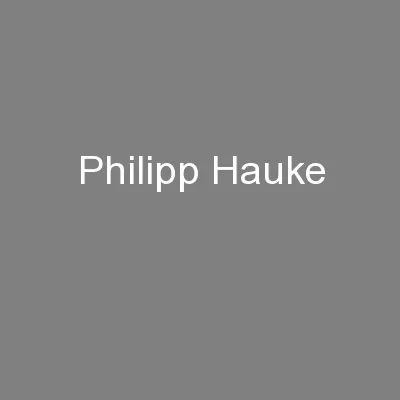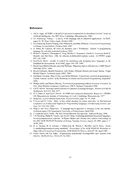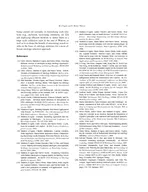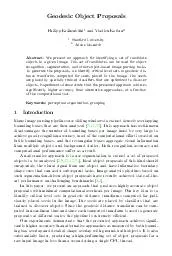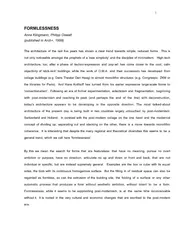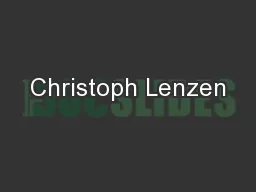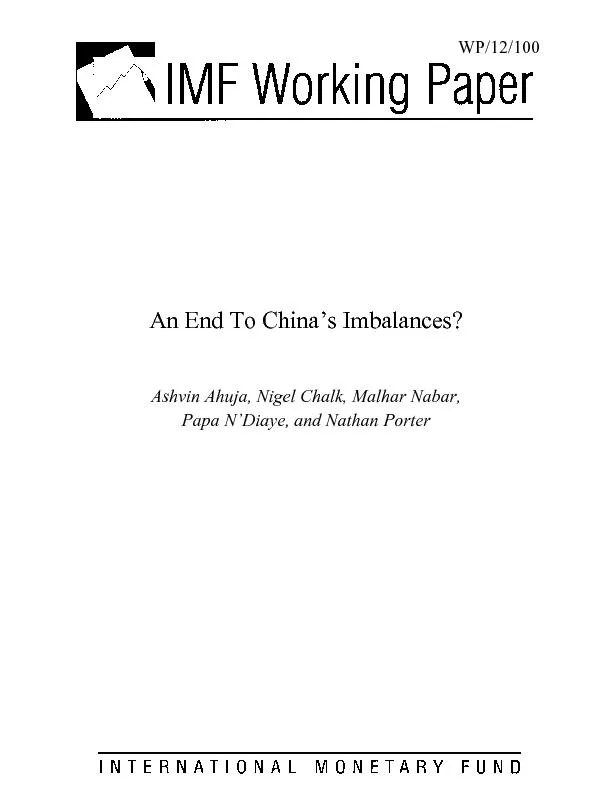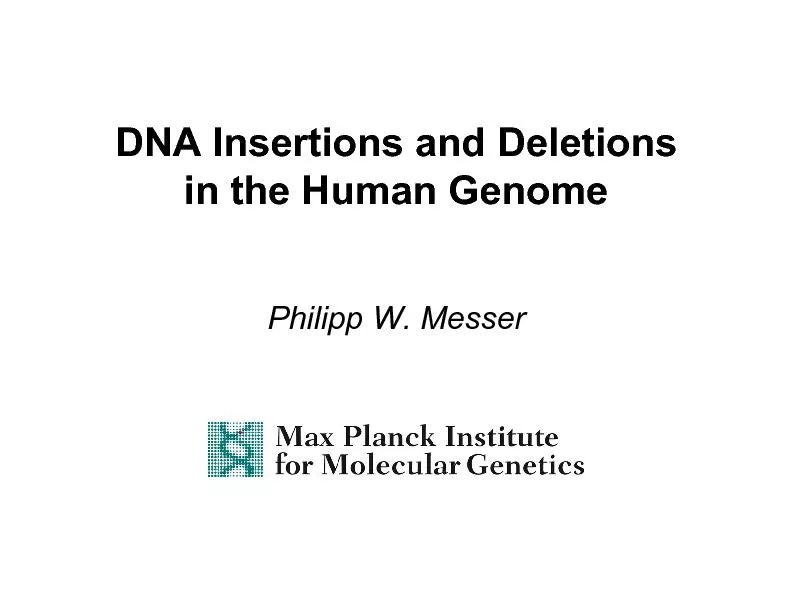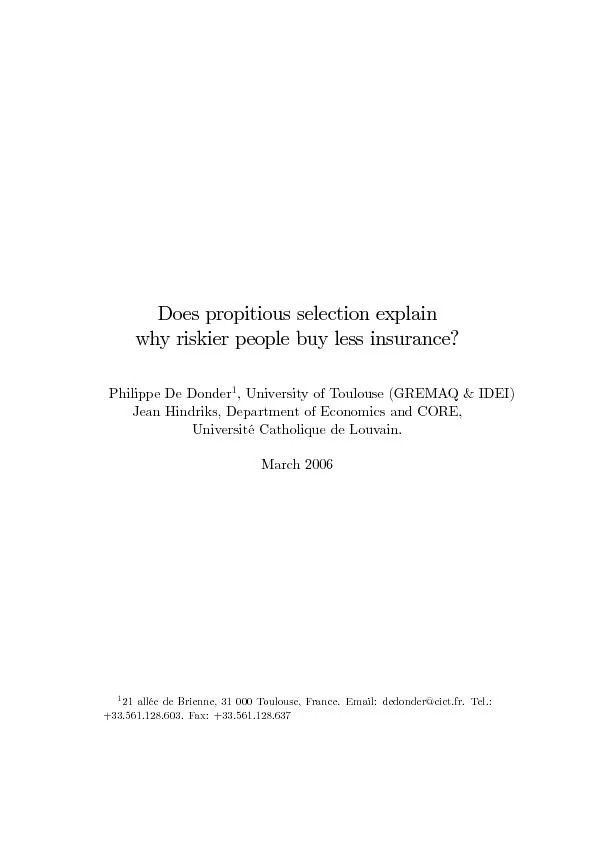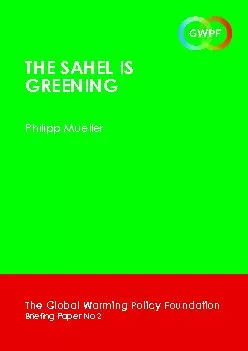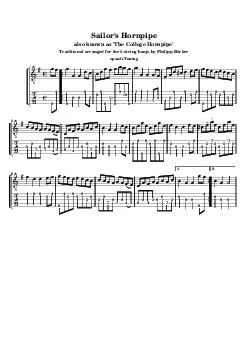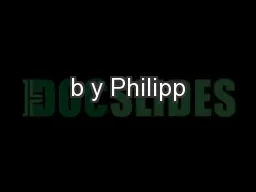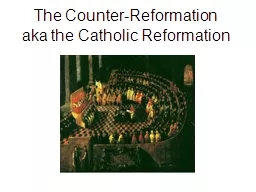PPT-Philipp Hauke
Author : marina-yarberry | Published Date : 2016-04-03
David Marcos Marcello Dalmonte Peter Zoller IQOQI Innsbruck Brighton 18122013 Phys Rev X 3 041018 2013 Experimental input Christian Roos Ben Lanyon Christian
Presentation Embed Code
Download Presentation
Download Presentation The PPT/PDF document "Philipp Hauke" is the property of its rightful owner. Permission is granted to download and print the materials on this website for personal, non-commercial use only, and to display it on your personal computer provided you do not modify the materials and that you retain all copyright notices contained in the materials. By downloading content from our website, you accept the terms of this agreement.
Philipp Hauke: Transcript
Download Rules Of Document
"Philipp Hauke"The content belongs to its owner. You may download and print it for personal use, without modification, and keep all copyright notices. By downloading, you agree to these terms.
Related Documents

